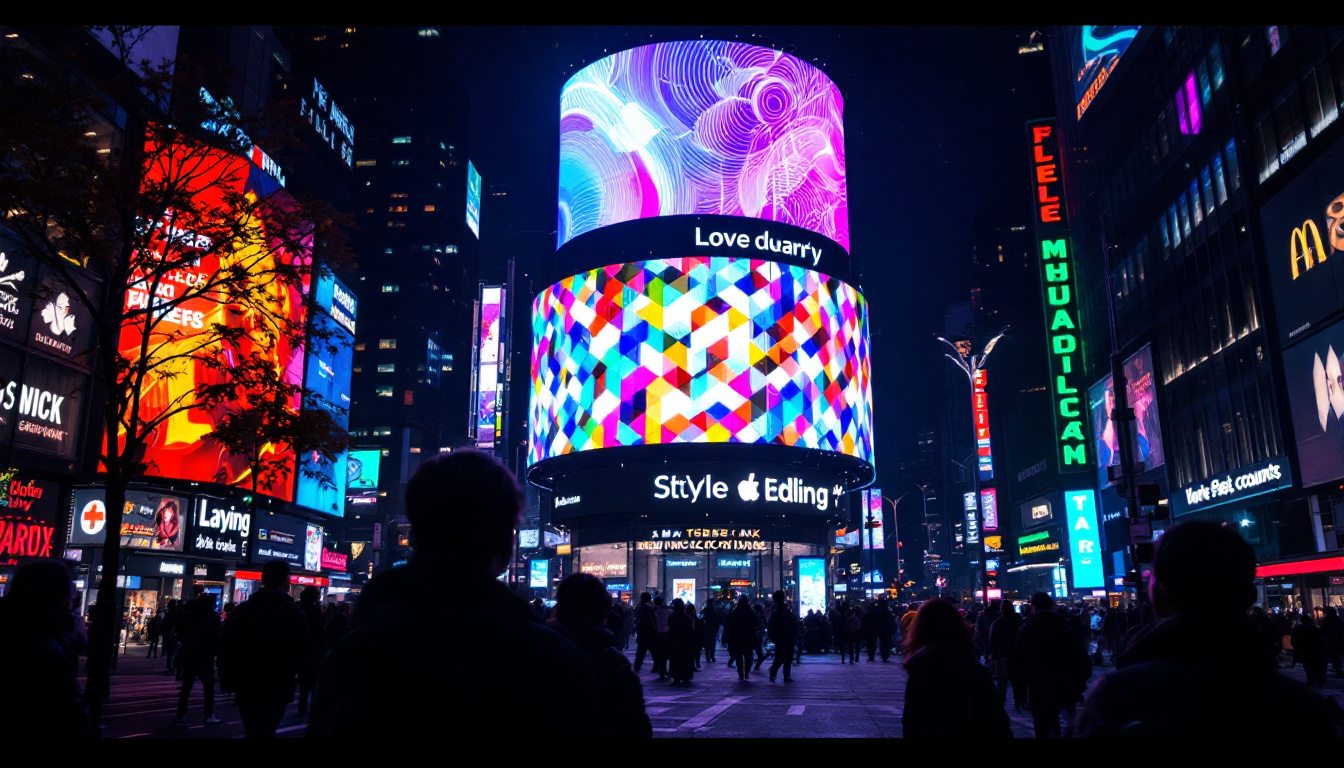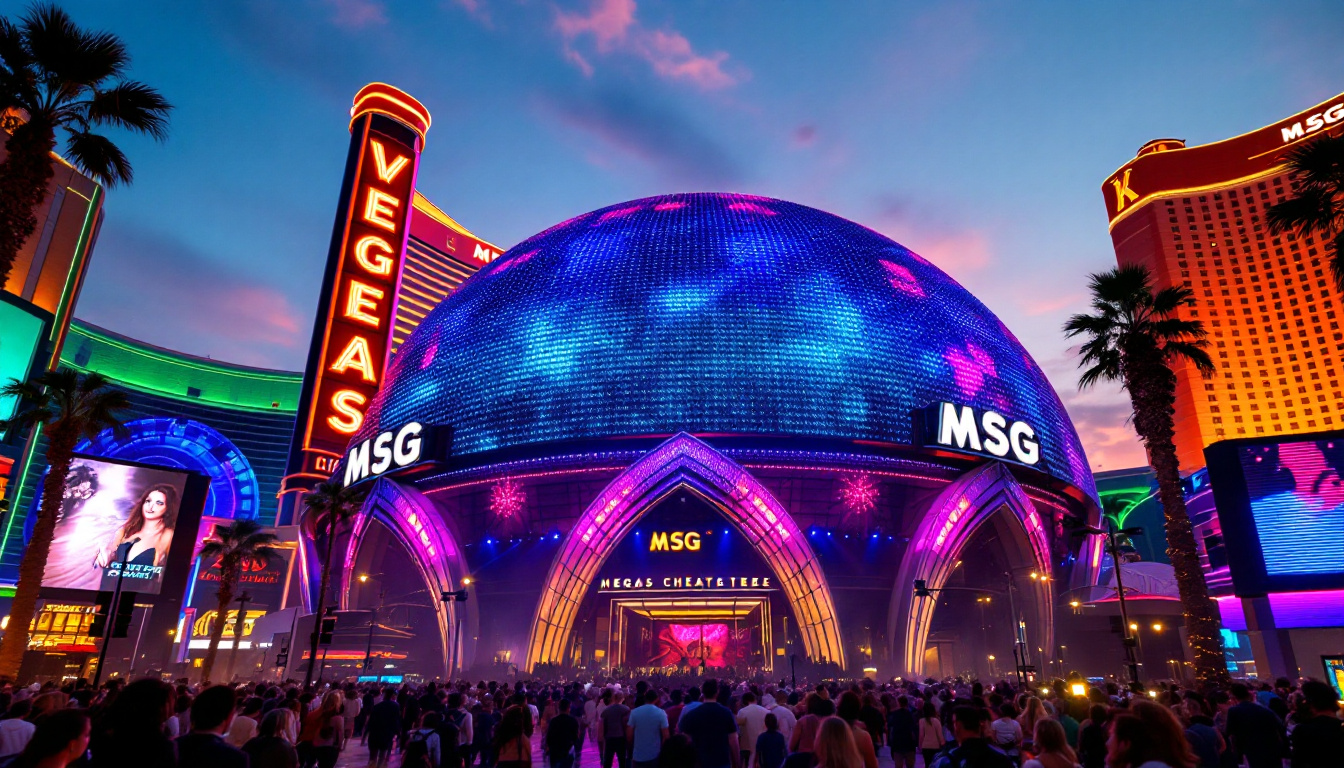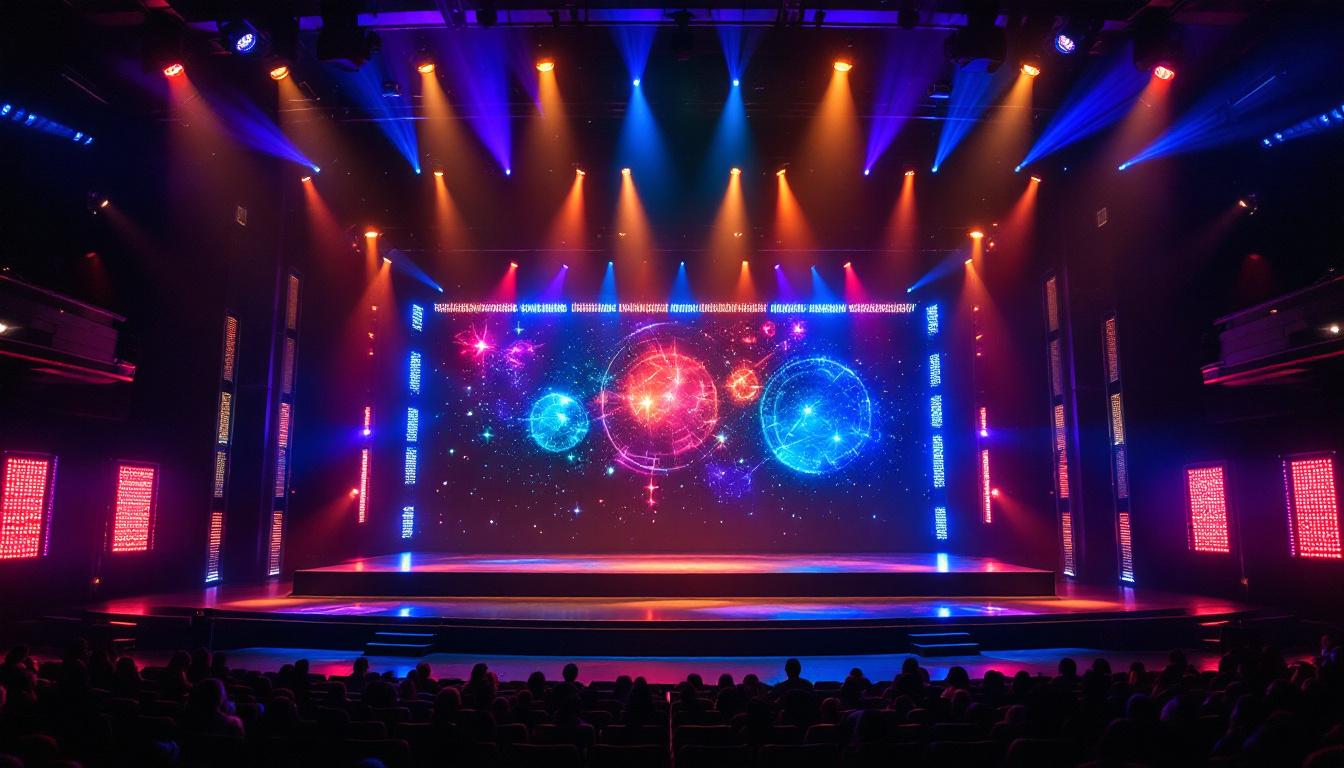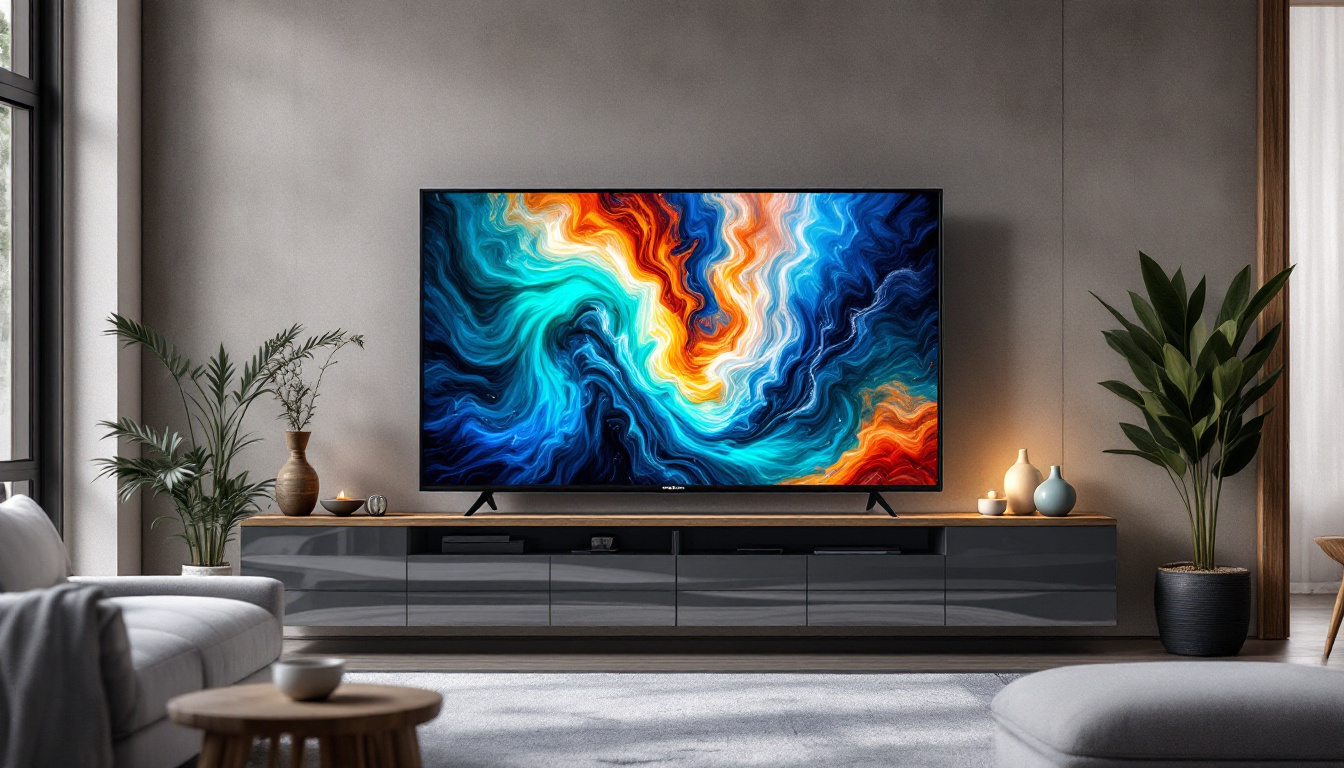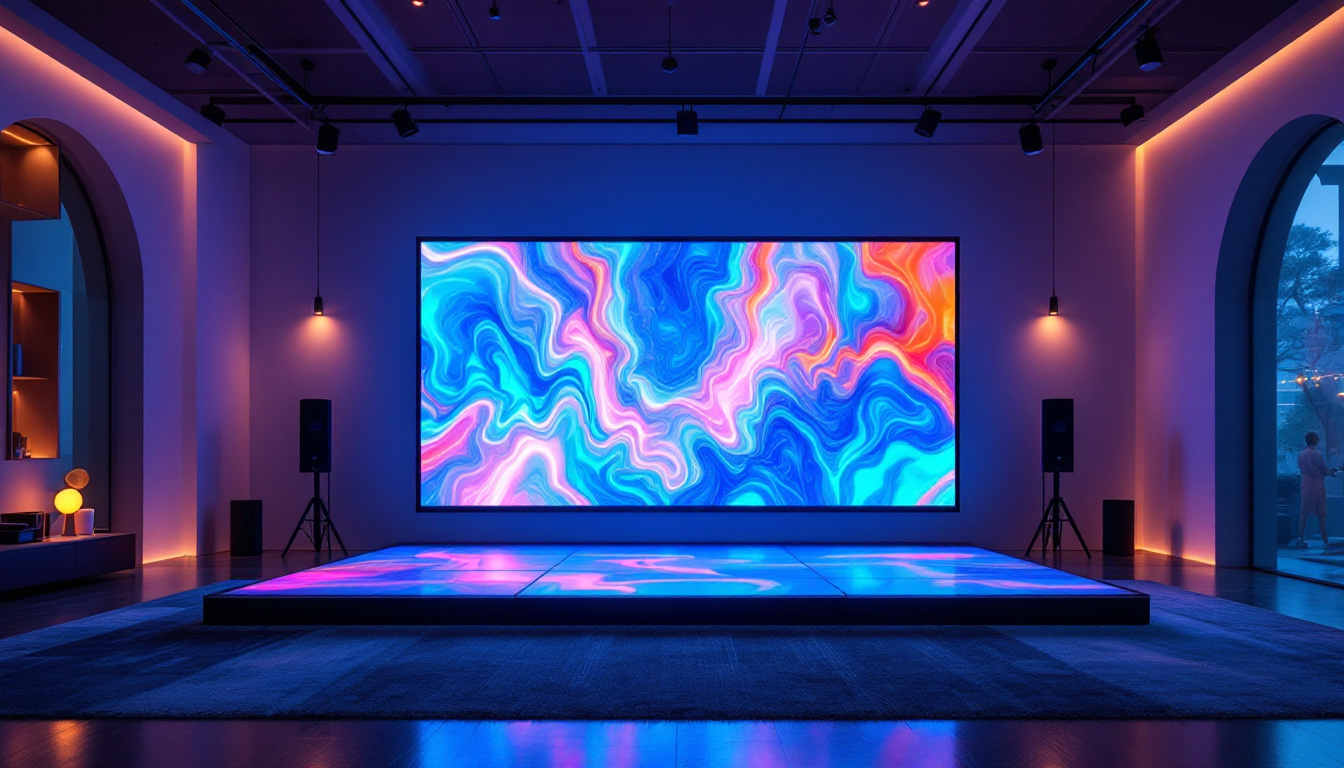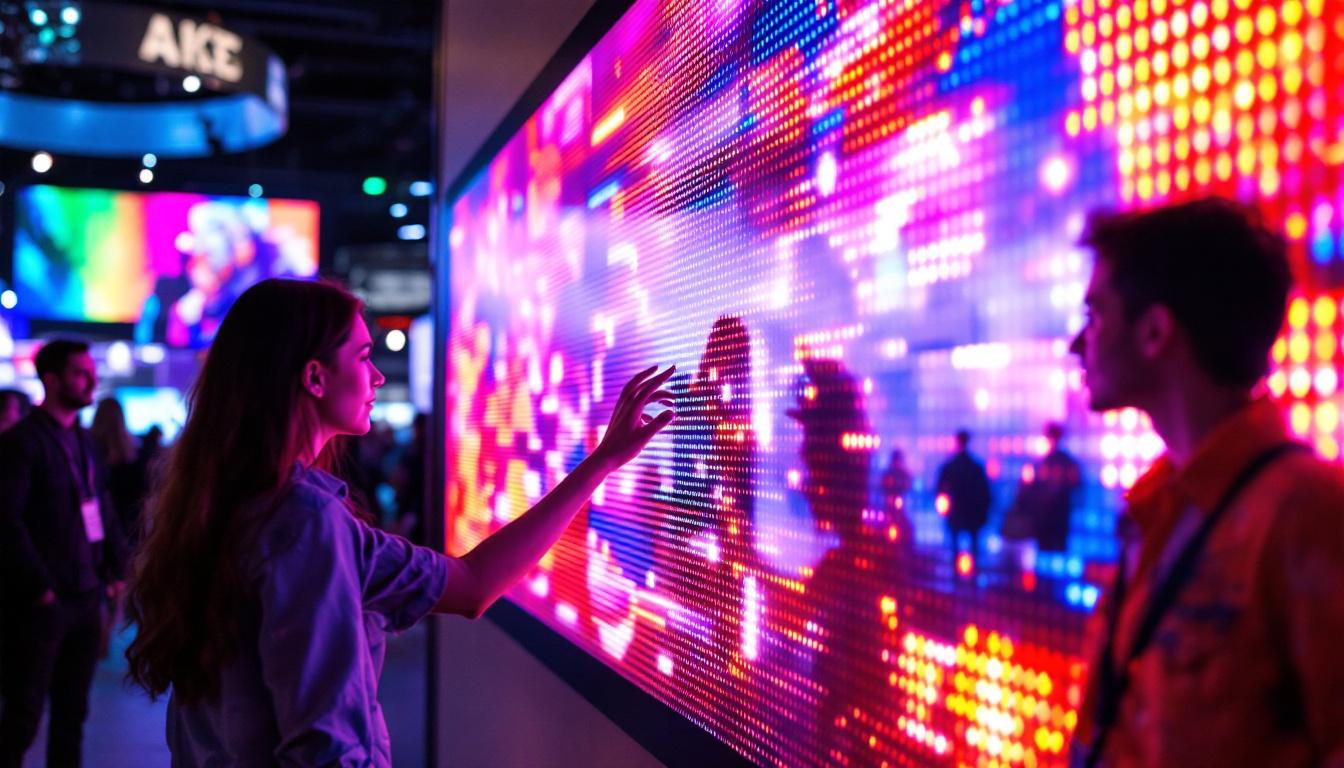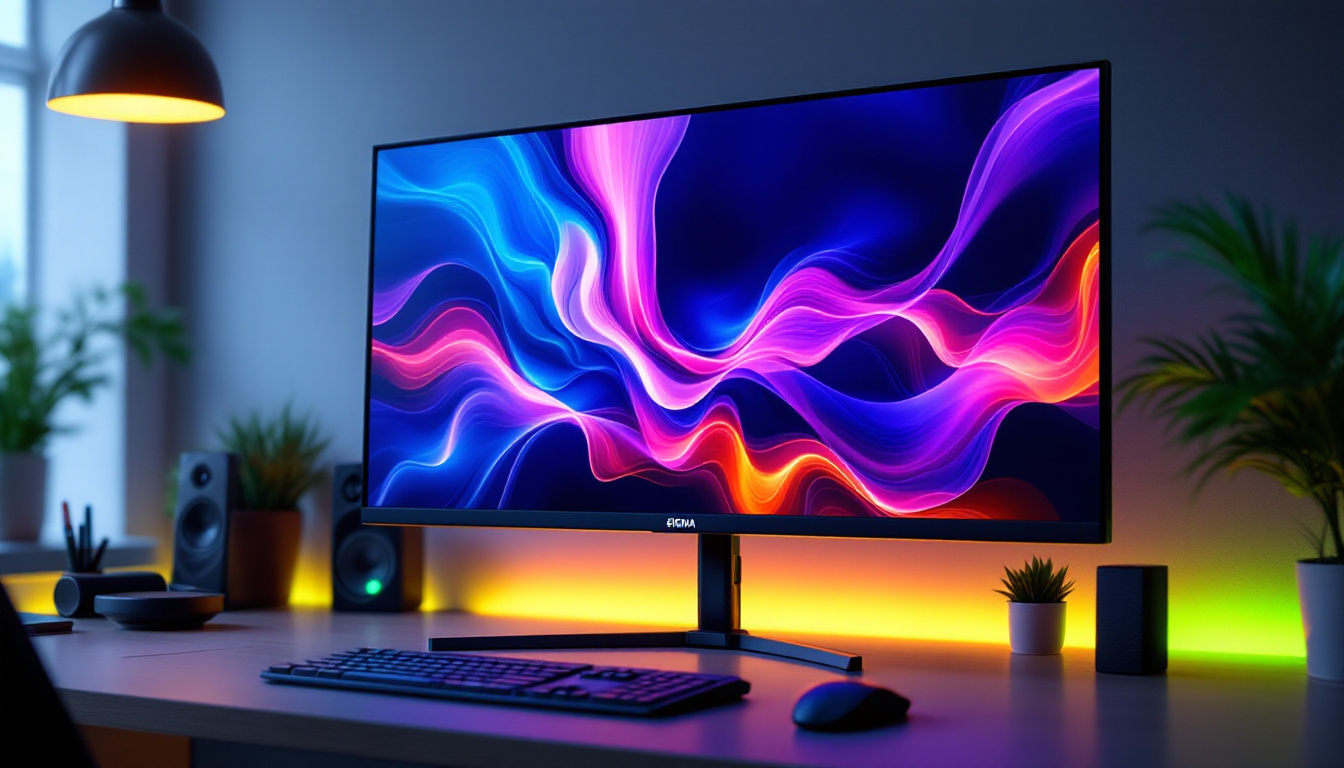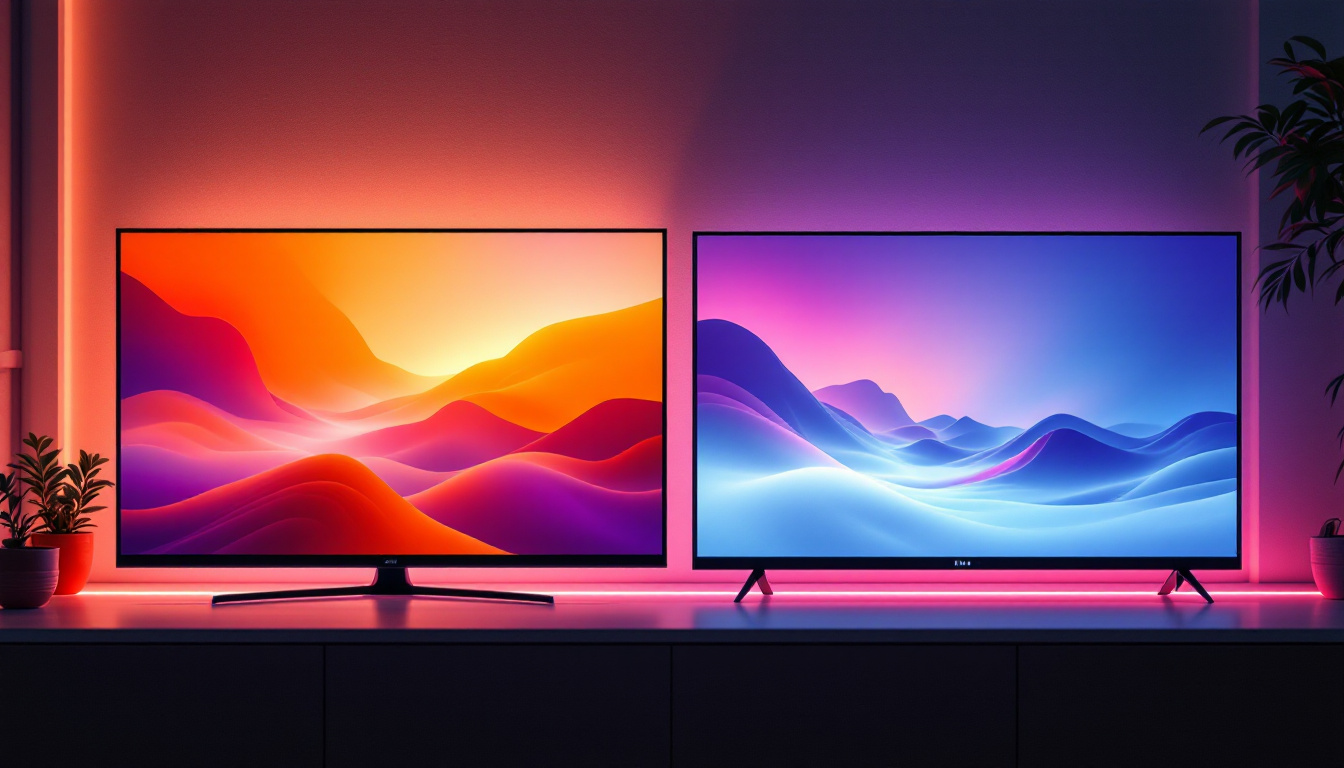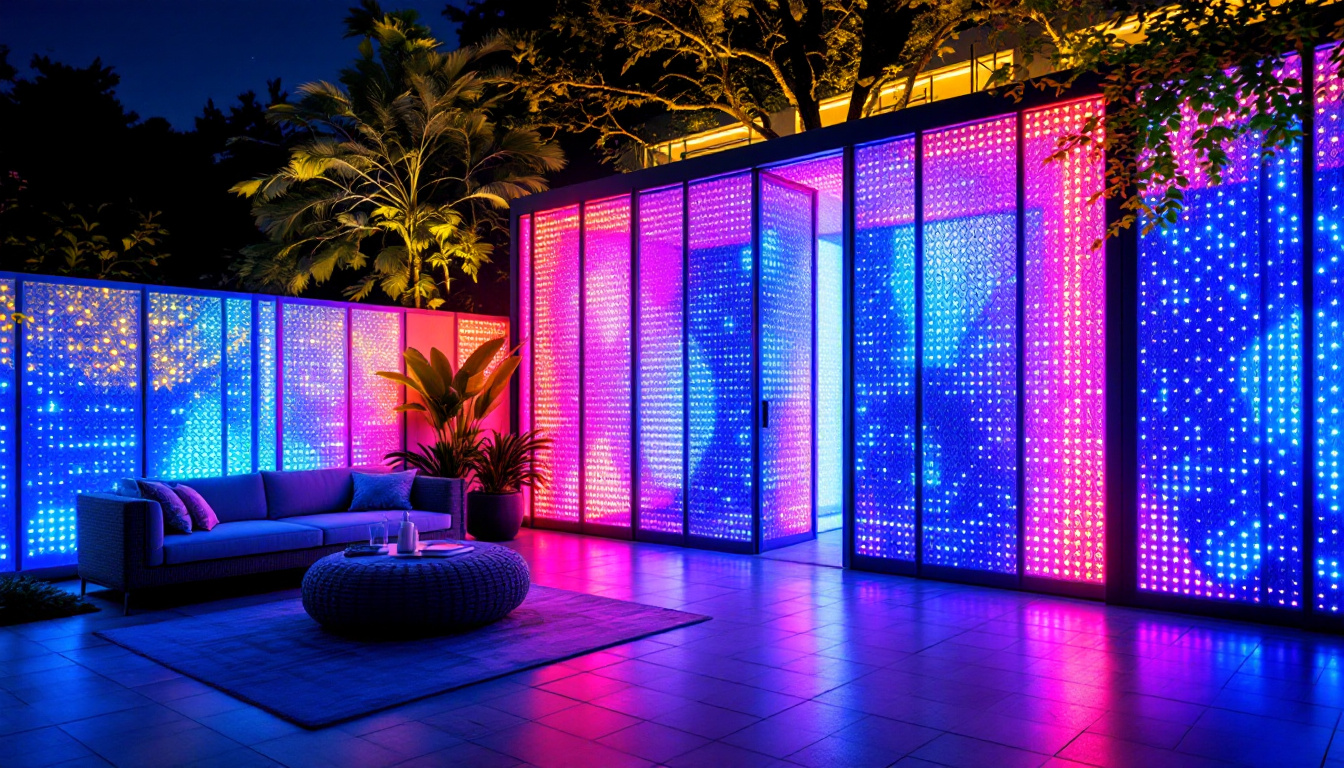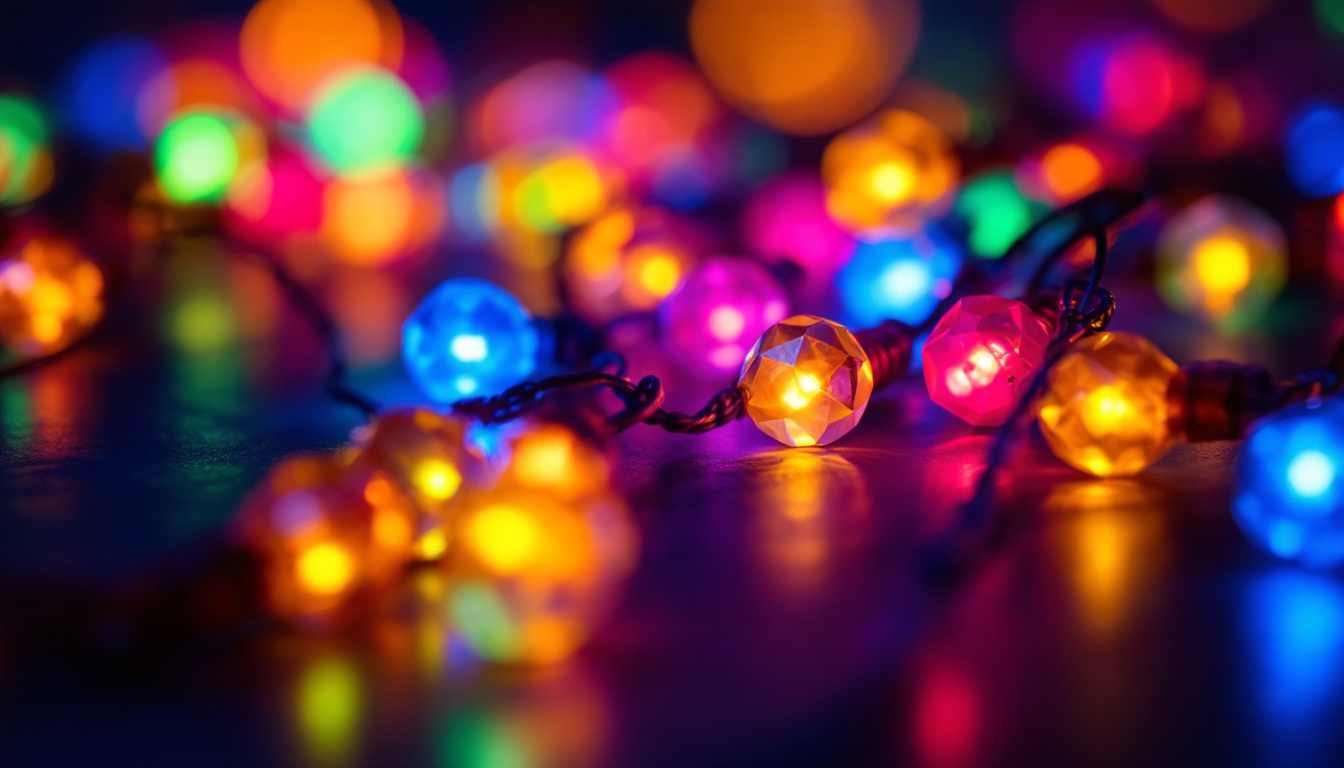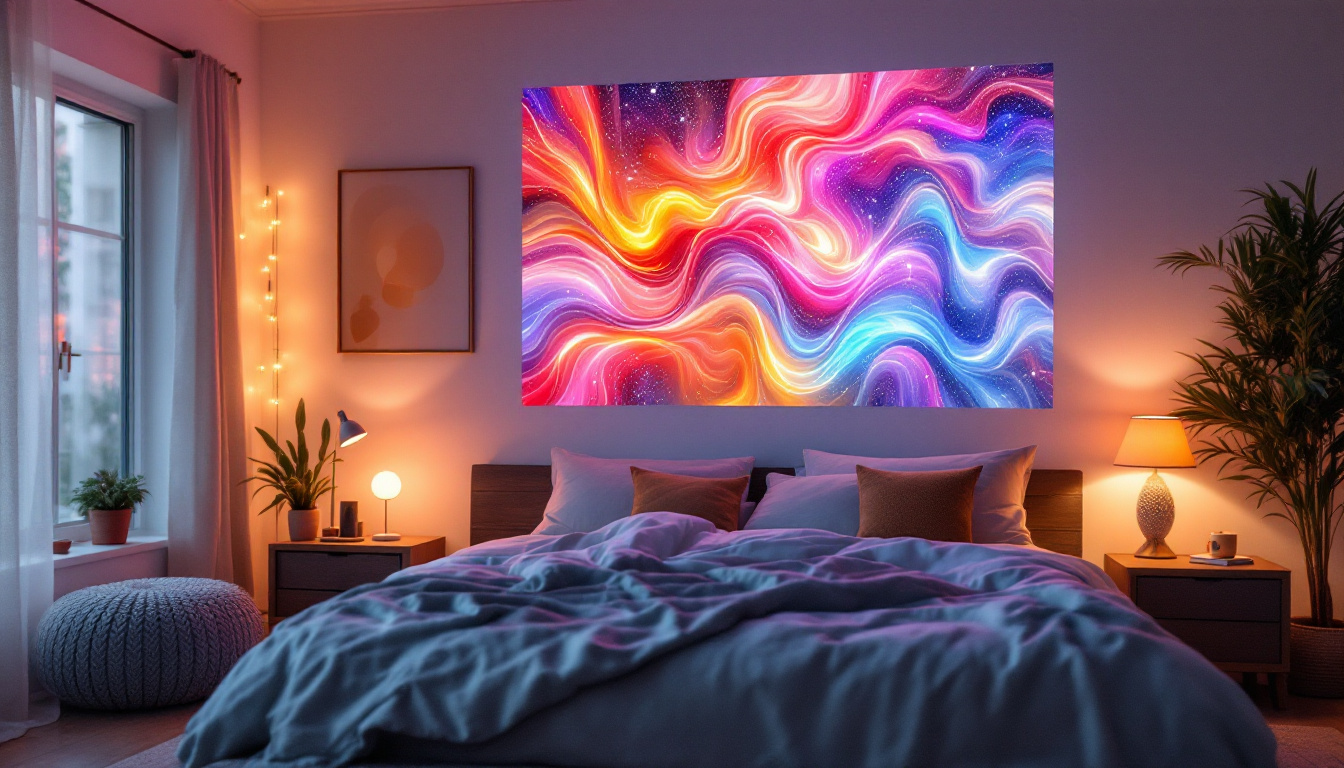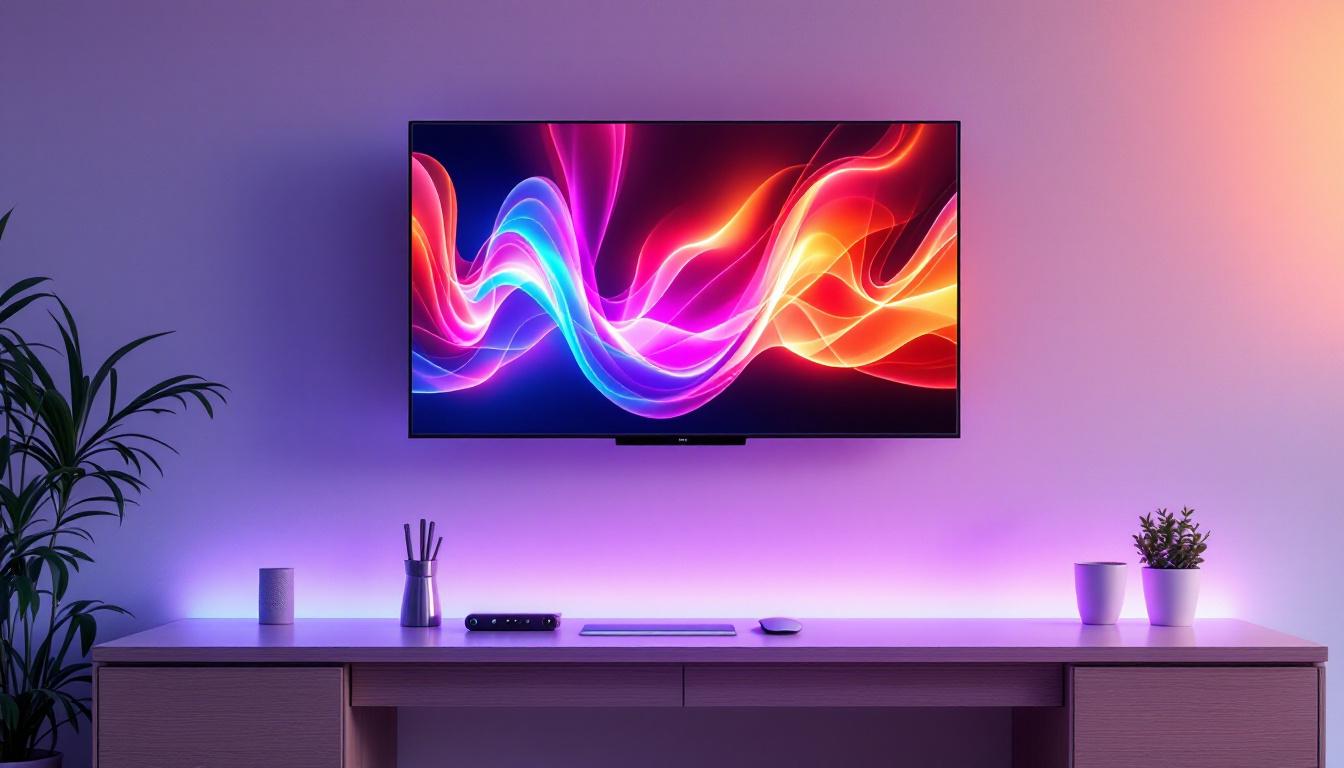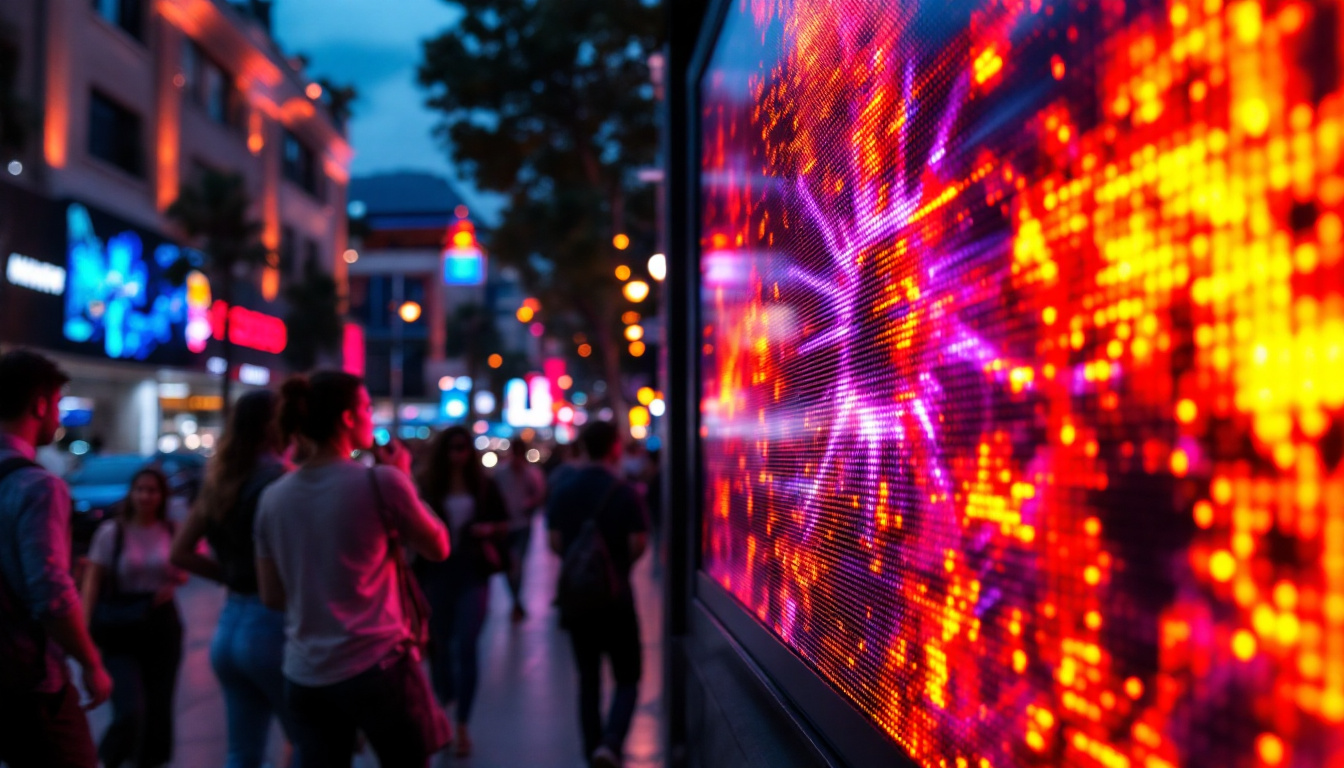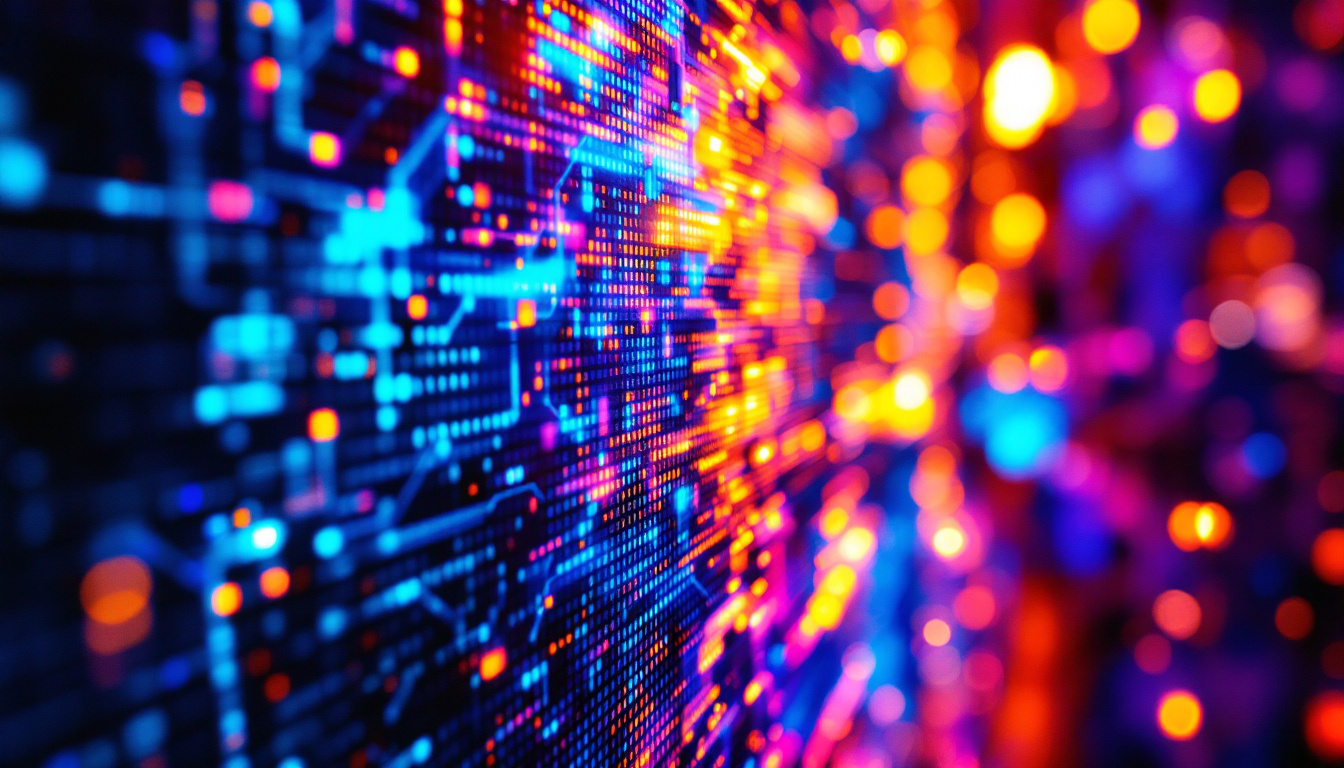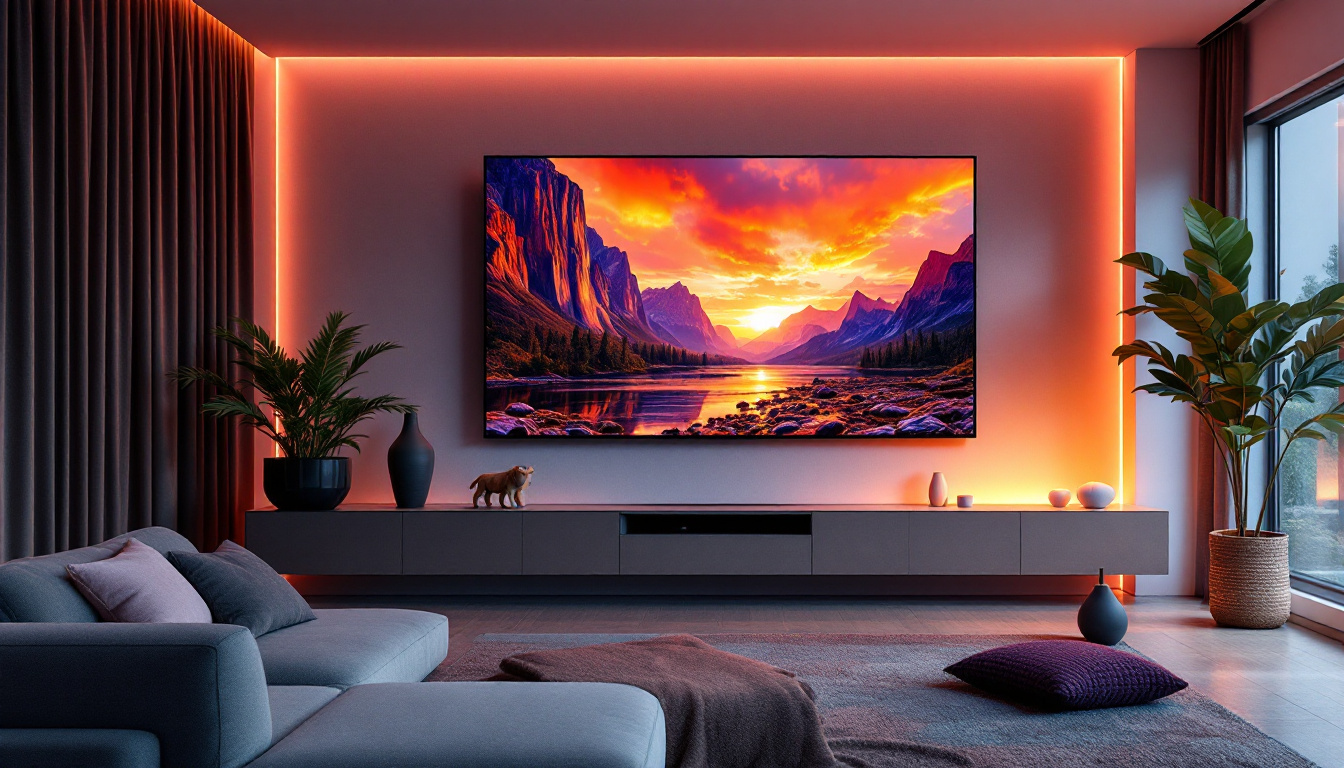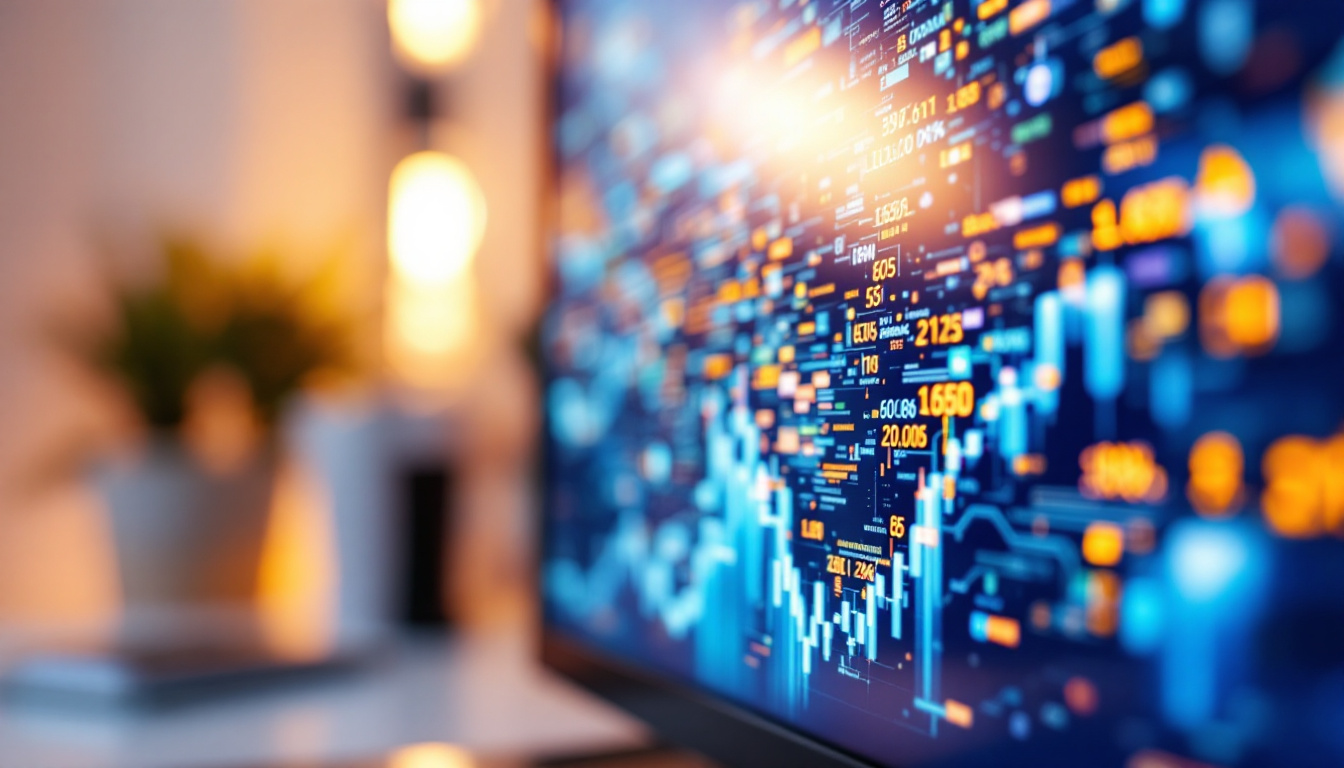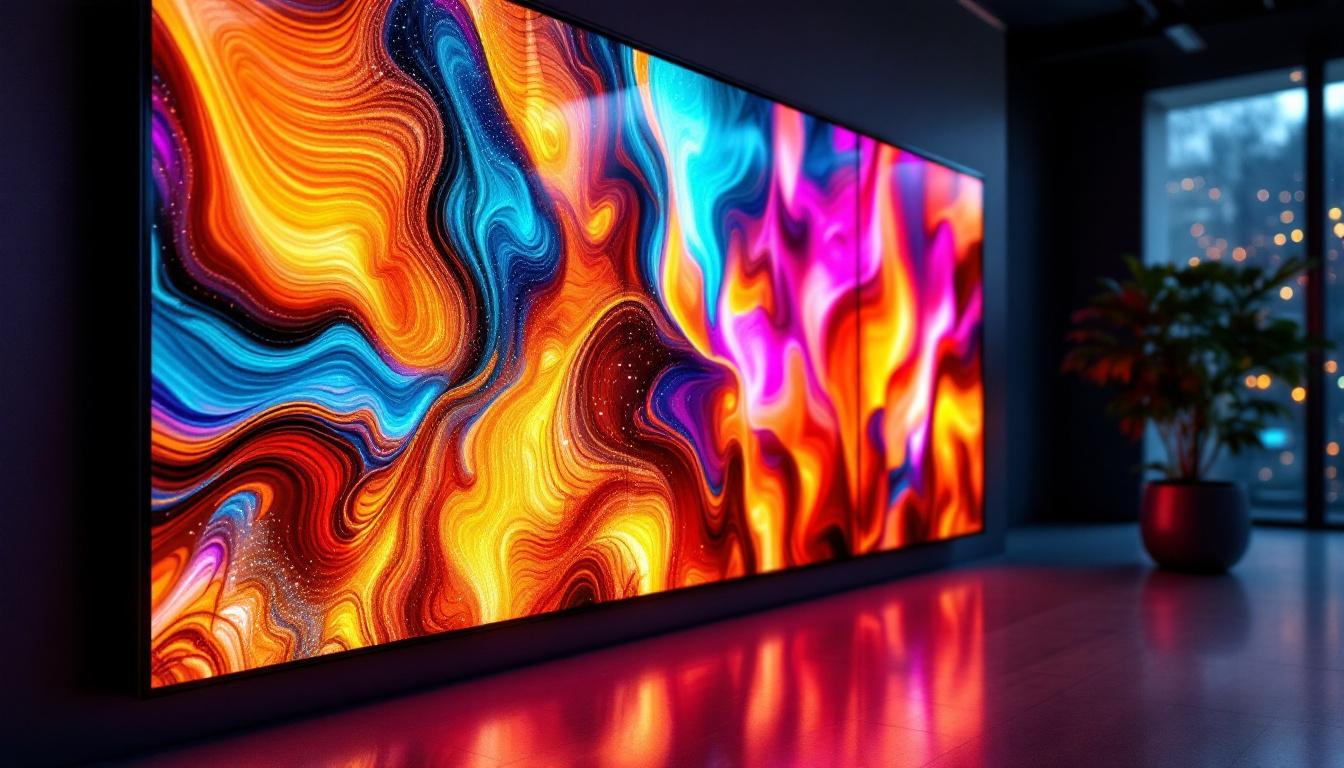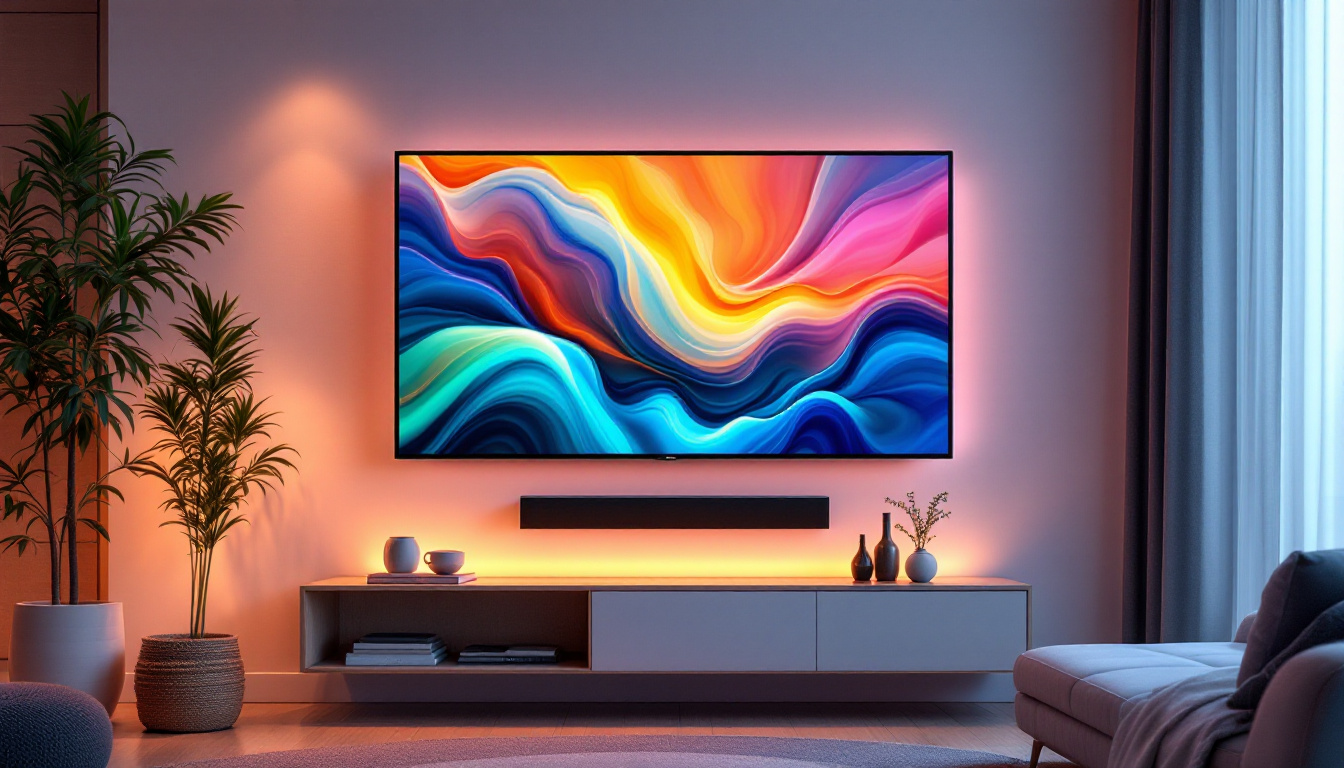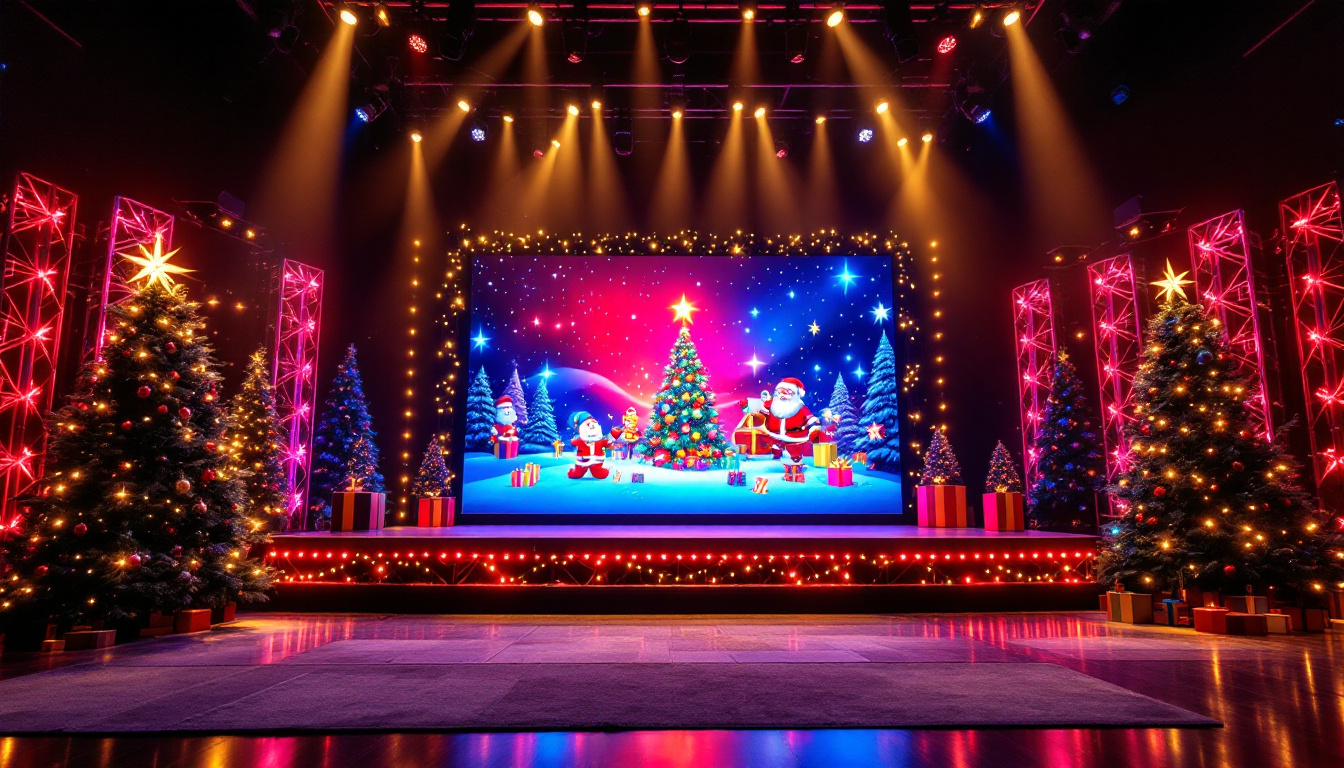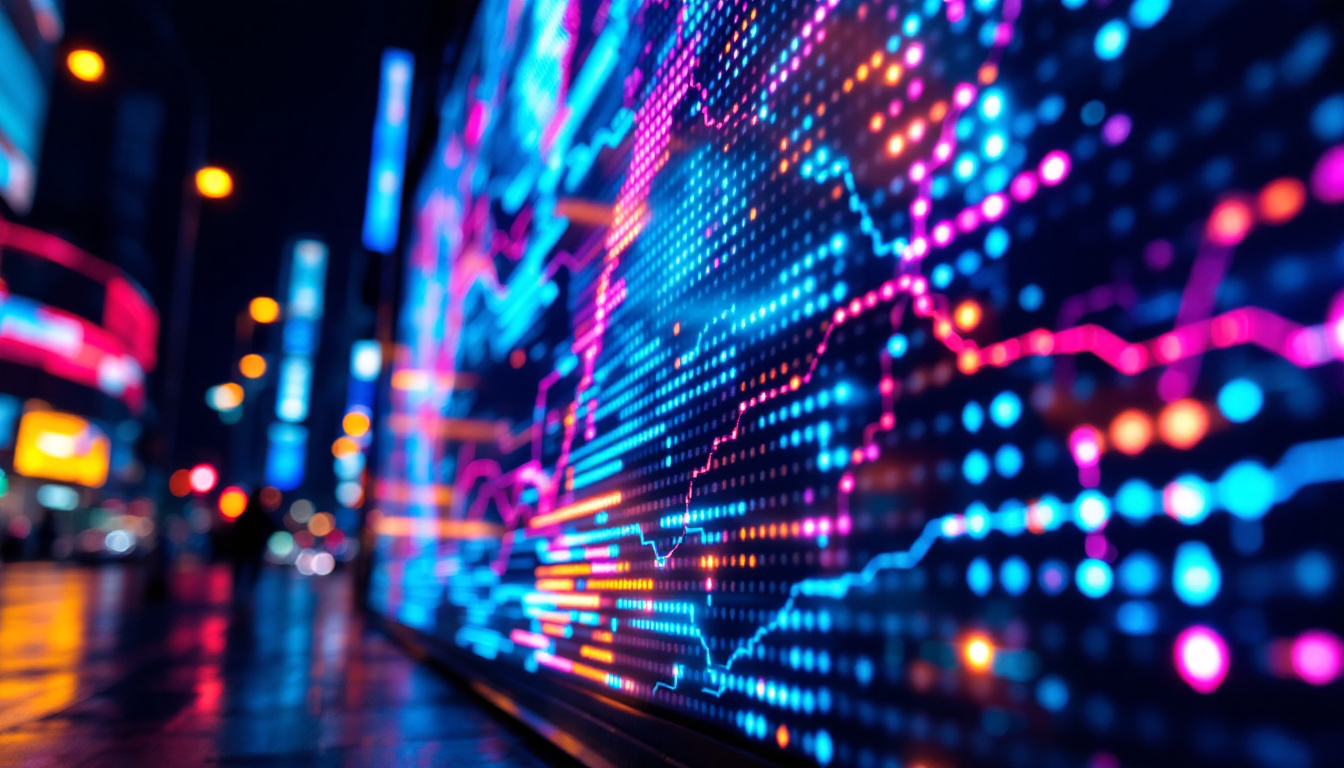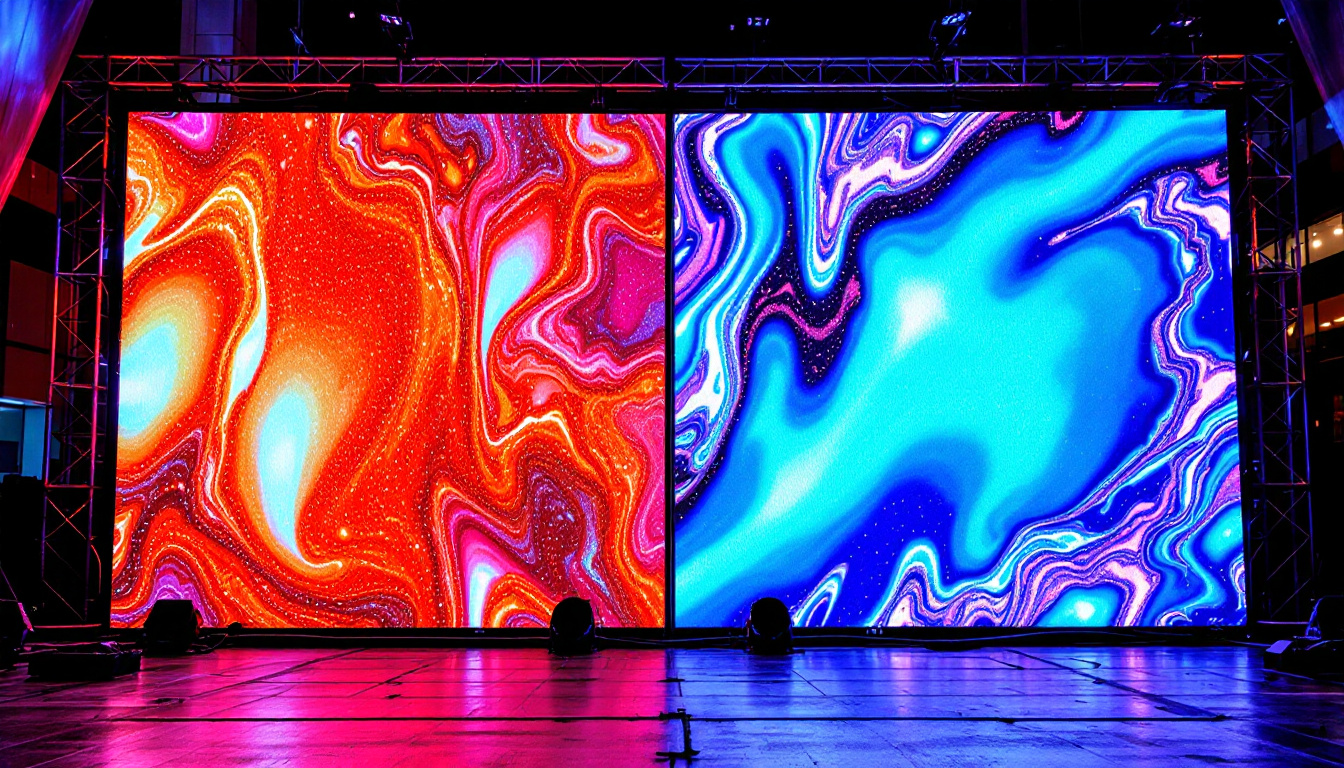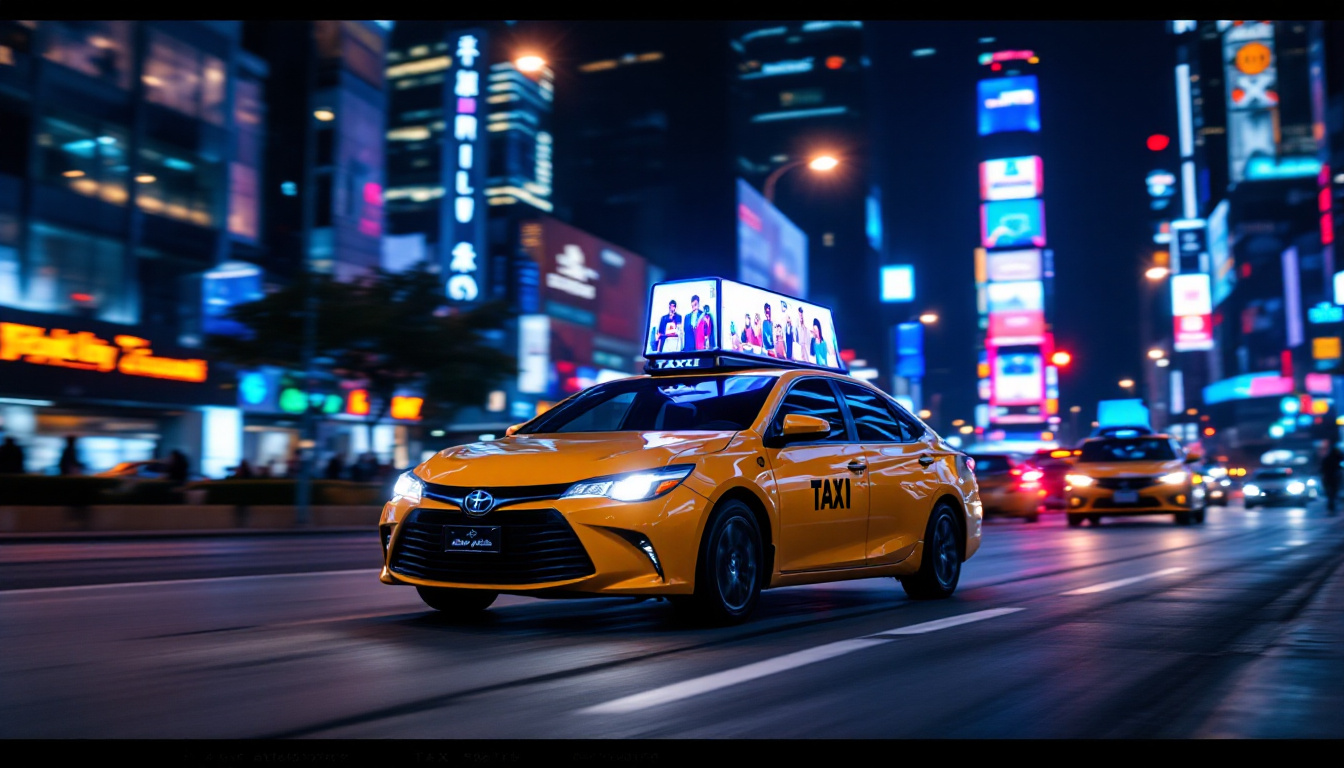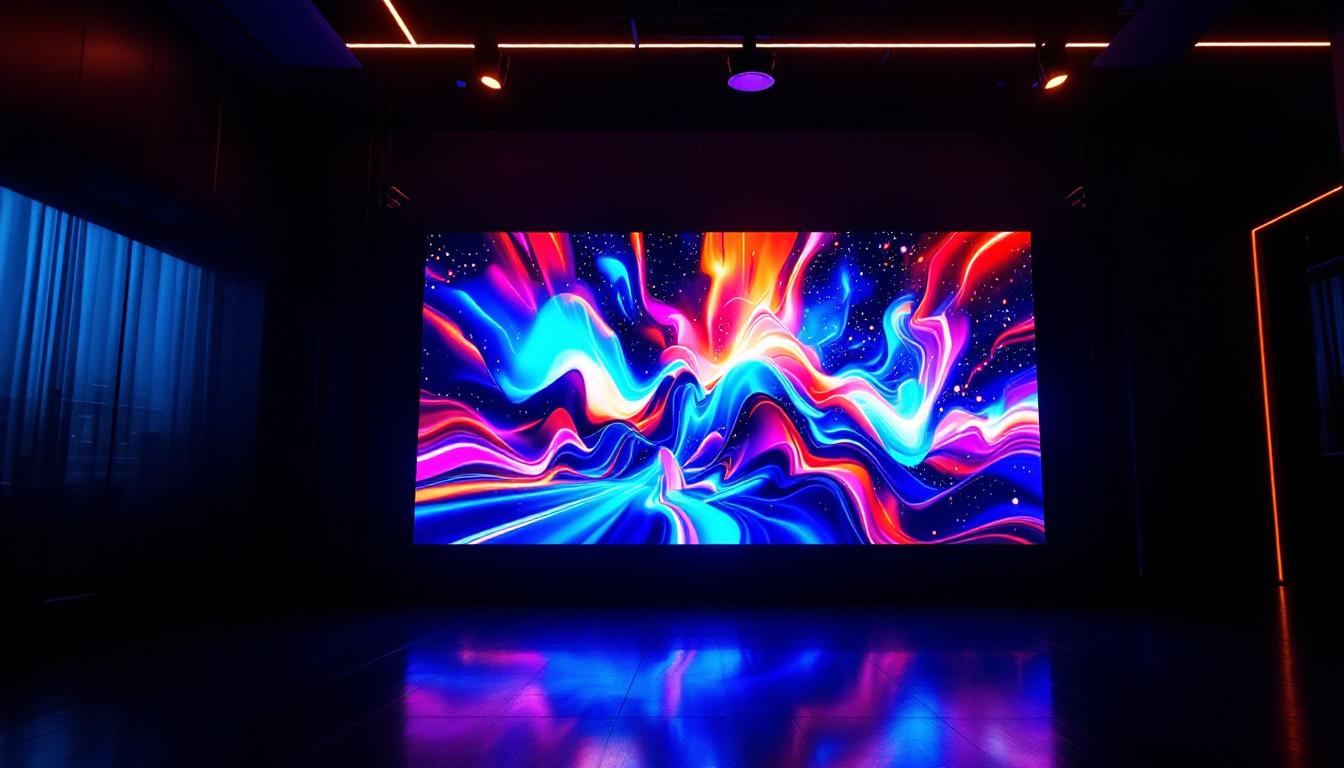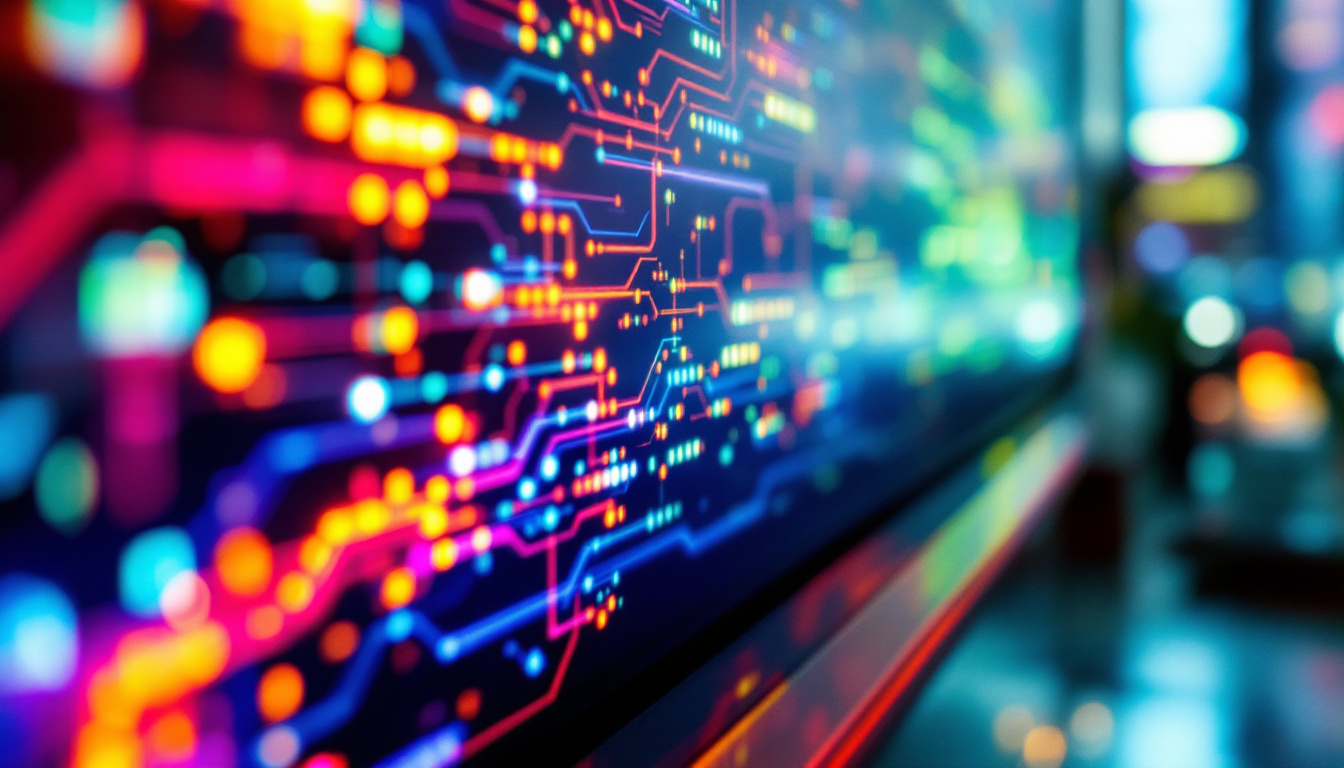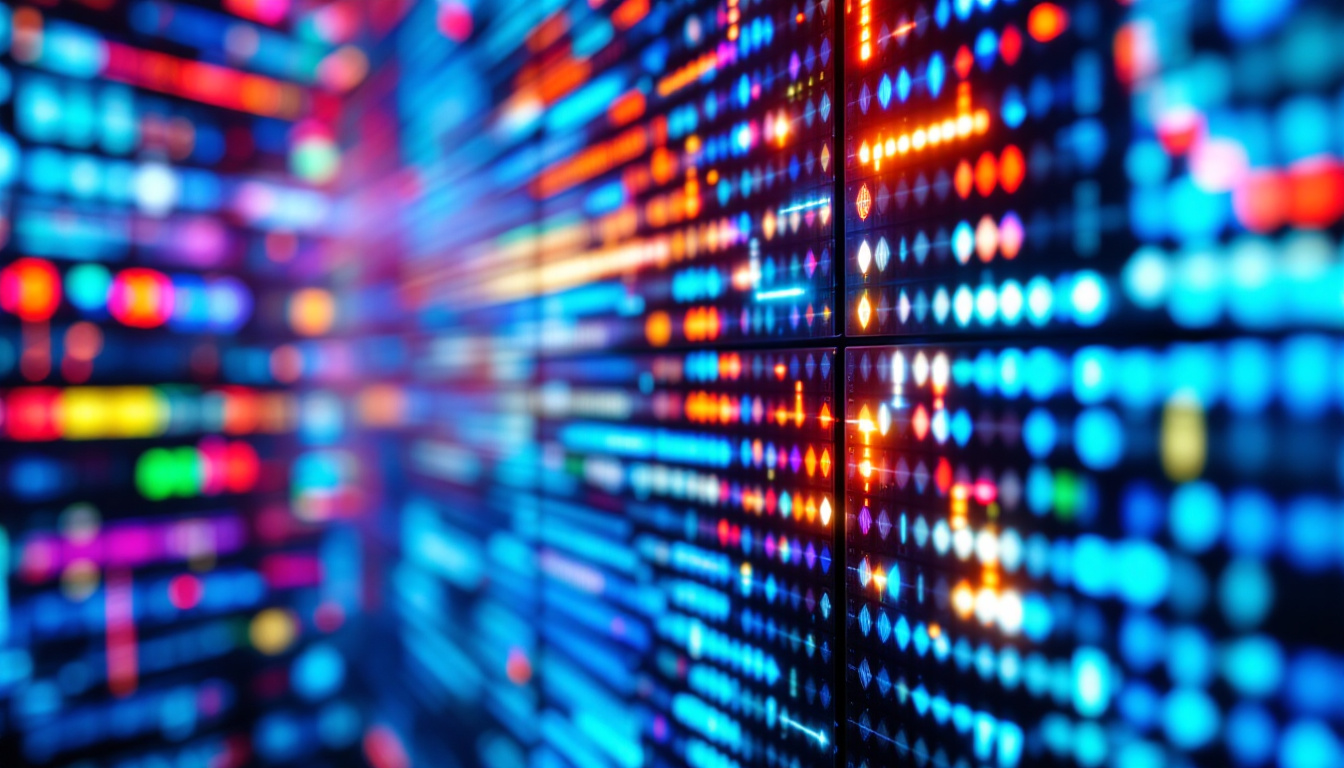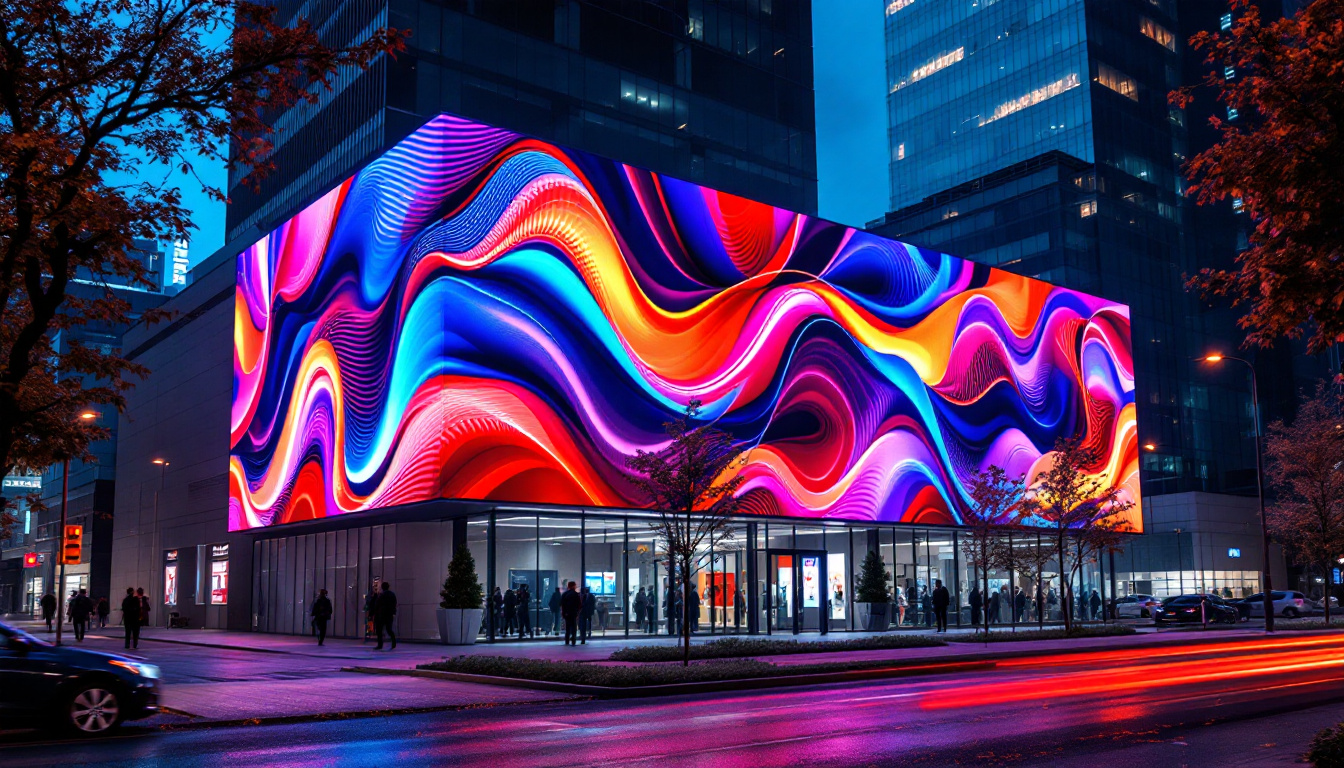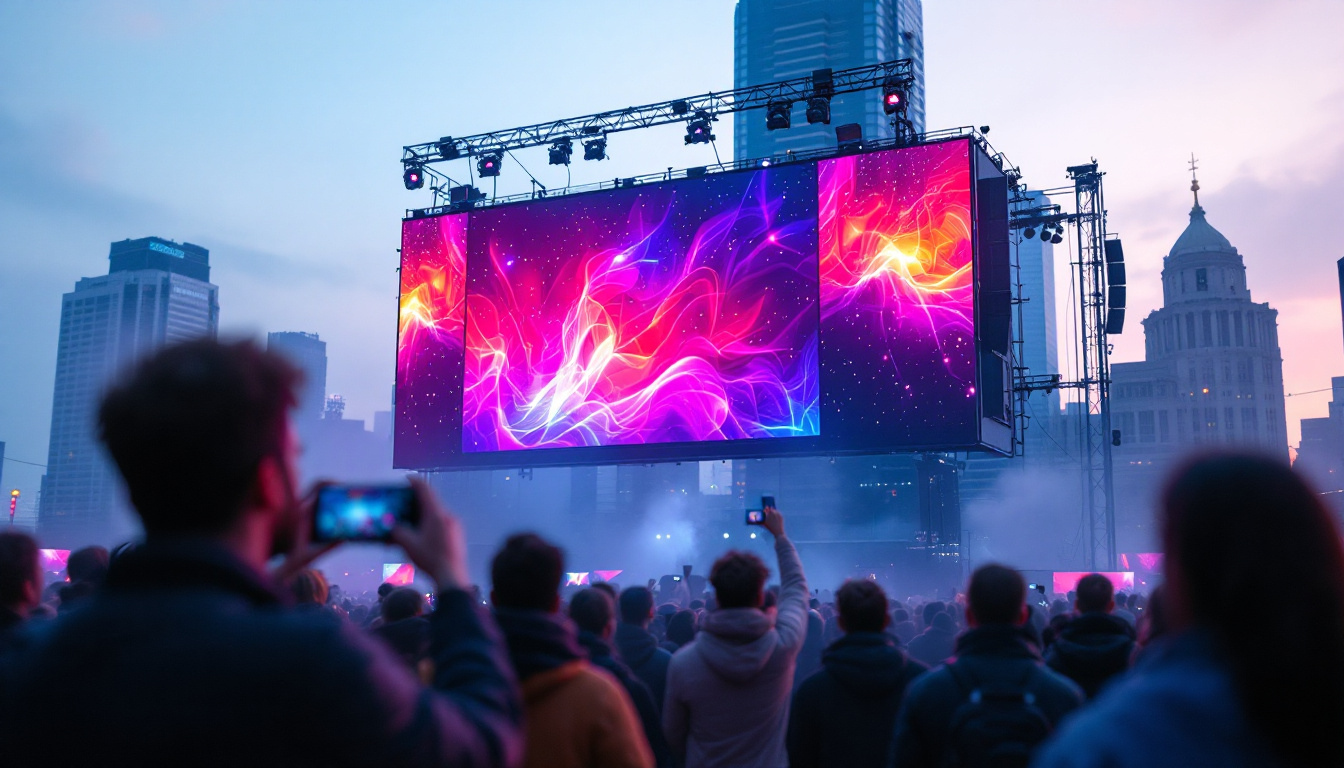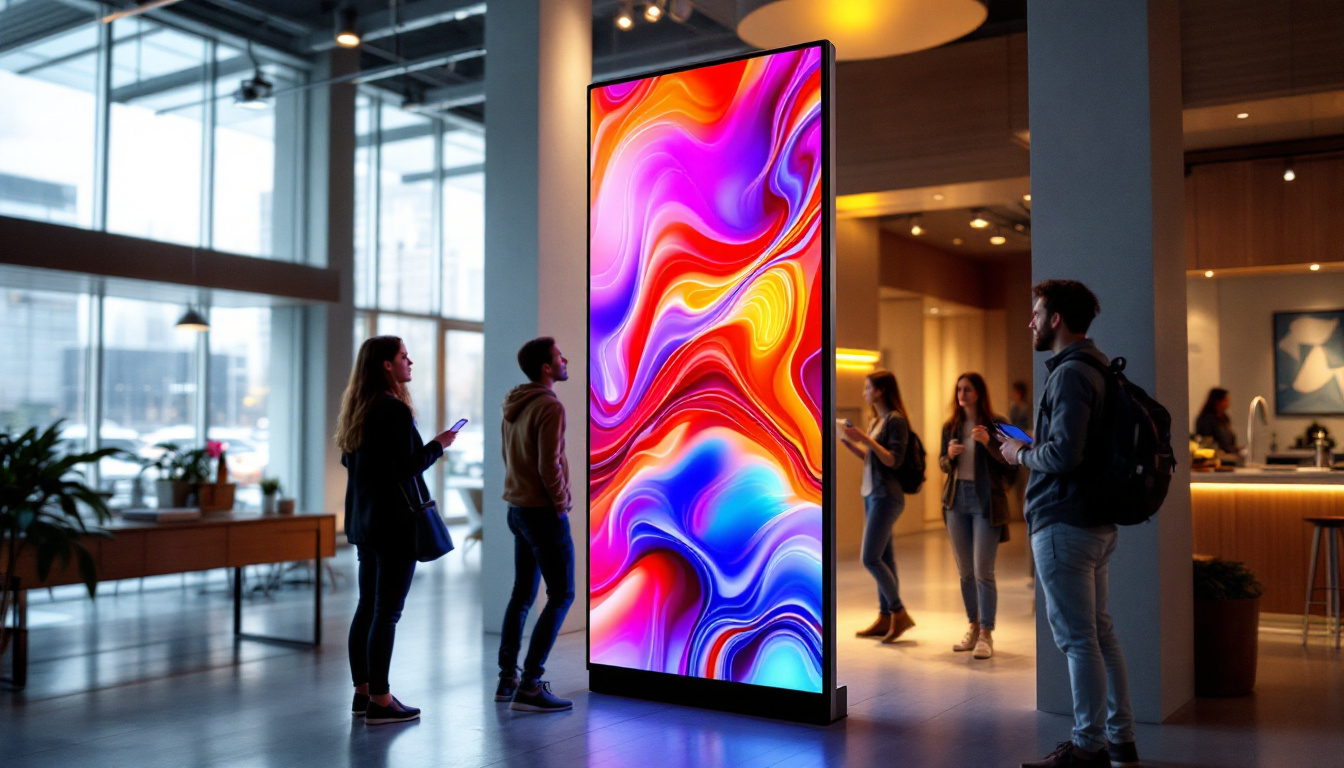In today’s fast-paced digital world, the importance of effective communication cannot be overstated. One of the most impactful ways to convey messages is through digital display systems, particularly LED displays. These vibrant and versatile screens have revolutionized the way businesses, organizations, and events communicate with their audiences. This article delves into the intricacies of LED displays, exploring their technology, applications, benefits, and future trends.
Understanding LED Technology
Light Emitting Diodes (LEDs) are semiconductor devices that emit light when an electric current passes through them. This technology has become the backbone of modern digital displays due to its energy efficiency, longevity, and superior brightness compared to traditional display technologies. The evolution of LED technology has not only transformed the way we view information but has also paved the way for innovative applications across various industries, from automotive lighting to architectural illumination.
How LED Displays Work
LED displays consist of numerous tiny light-emitting diodes arranged in a grid. Each diode can produce different colors by varying the intensity of the current flowing through it. By combining red, green, and blue (RGB) light, these displays can create a wide spectrum of colors. The arrangement of these diodes determines the resolution and overall quality of the display. The technology behind LED displays has advanced significantly, with developments such as organic LEDs (OLEDs) and microLEDs, which provide even greater efficiency and color accuracy.
In essence, the more LEDs packed into a given area, the higher the resolution. This is why pixel pitch—a measure of the distance between the centers of two adjacent pixels—is a critical factor in determining display quality. A smaller pixel pitch results in a sharper image, making it ideal for close-range viewing. Additionally, advancements in LED technology have led to improved thermal management solutions, allowing displays to maintain optimal performance even under high brightness conditions, thereby extending their lifespan and reliability.
Types of LED Displays
LED displays come in various types, each suited for specific applications. The most common types include:
- Indoor LED Displays: These displays are designed for use in environments like shopping malls, conference rooms, and theaters. They typically have a higher resolution due to the closer viewing distances. Indoor displays often utilize advanced technologies such as HDR (High Dynamic Range) to enhance color contrast and provide a more immersive viewing experience.
- Outdoor LED Displays: Built to withstand harsh weather conditions, outdoor LED displays are commonly used for billboards, stadiums, and public transportation stations. They are brighter and more robust than their indoor counterparts. Many outdoor displays are equipped with features like automatic brightness adjustment, ensuring optimal visibility in varying light conditions, from bright sunlight to nighttime.
- Transparent LED Displays: These innovative displays allow for visibility through the screen while still showcasing vibrant content. They are often used in retail environments to enhance product visibility while delivering digital content. The unique design of transparent displays enables them to blend seamlessly into architectural elements, creating stunning visual effects that attract customers without obstructing views.
Another emerging type of LED display is the flexible LED screen, which can be bent or shaped to fit unconventional spaces. This adaptability opens up new possibilities for creative installations in art, advertising, and event staging, allowing designers to push the boundaries of traditional display formats. As technology continues to evolve, the potential applications for LED displays are virtually limitless, promising exciting advancements in how we interact with visual media.
Applications of LED Displays
LED displays have found applications across various sectors, demonstrating their versatility and effectiveness in communication. Here are some notable areas where LED technology is making a significant impact:
Advertising and Marketing
One of the most prominent uses of LED displays is in advertising. Businesses leverage the eye-catching nature of LED screens to attract customers. From digital billboards on highways to interactive displays in shopping centers, LED technology allows for dynamic content that can be updated in real time.
Moreover, the ability to display videos, animations, and high-resolution images enhances the overall advertising experience, making campaigns more engaging and effective. This adaptability not only allows brands to tailor their messages based on the time of day or audience demographics but also enables them to run promotions and special offers instantly, maximizing their impact on potential customers.
Events and Entertainment
In the entertainment industry, LED displays play a crucial role in creating immersive experiences. Concerts, festivals, and sporting events utilize large LED screens to broadcast live footage, graphics, and advertisements, ensuring that audiences have a captivating experience regardless of their seating position.
Additionally, LED walls can be configured in various shapes and sizes, allowing for creative stage designs that enhance the visual appeal of performances. The flexibility of LED technology also extends to the integration of augmented reality (AR) and virtual reality (VR) elements, which can transform traditional performances into multi-dimensional experiences that captivate audiences and create lasting memories.
Transportation and Wayfinding
LED displays are increasingly being used in transportation hubs such as airports, train stations, and bus terminals. They provide real-time information on arrivals, departures, and delays, helping passengers navigate their journeys efficiently.
In urban environments, LED displays are also employed for wayfinding, directing pedestrians and drivers to their destinations with clear, visually appealing signage. Beyond basic navigation, these displays can also serve as platforms for public service announcements, safety alerts, and local event promotions, fostering a sense of community engagement and keeping travelers informed about their surroundings.
Furthermore, the implementation of LED technology in smart city initiatives enhances the overall functionality of urban spaces. By integrating LED displays with data analytics and IoT systems, cities can optimize traffic flow, reduce congestion, and improve public safety, making transportation not only more efficient but also more user-friendly.
Benefits of LED Displays
The advantages of LED displays extend beyond their visual appeal. Here are some key benefits that make them a preferred choice for digital signage:
Energy Efficiency
One of the standout features of LED technology is its energy efficiency. Compared to traditional display technologies, such as fluorescent and incandescent lights, LEDs consume significantly less power. This not only reduces operational costs but also minimizes the environmental impact, making them a sustainable choice for businesses.
Longevity and Durability
LED displays boast a long lifespan, often exceeding 50,000 hours of continuous use. This longevity means that businesses can avoid frequent replacements, leading to lower maintenance costs over time. Additionally, LED displays are more resistant to shock and vibration, making them suitable for both indoor and outdoor environments.
High Brightness and Visibility
LED displays are known for their exceptional brightness, which makes them easily visible in various lighting conditions. Whether in bright sunlight or dimly lit environments, LED screens maintain their clarity and vibrancy, ensuring that messages are effectively communicated to the audience.
Challenges and Considerations
While LED displays offer numerous benefits, there are also challenges and considerations that potential users should keep in mind:
Initial Investment Costs
The initial cost of installing LED displays can be relatively high compared to traditional signage options. However, it is essential to consider the long-term savings in energy and maintenance costs, which can offset the upfront investment over time.
Content Management
Managing content for LED displays requires a strategic approach. Businesses must invest in content creation and management systems to ensure that the information displayed is relevant, engaging, and updated regularly. This can involve additional resources and training for staff.
Technical Expertise
Setting up and maintaining LED displays may require technical expertise, particularly for larger installations. Organizations may need to hire specialized personnel or partner with external vendors to ensure optimal performance and troubleshooting.
Future Trends in LED Display Technology
The LED display industry is continuously evolving, with advancements in technology paving the way for innovative applications. Here are some trends that are shaping the future of LED displays:
Integration with Smart Technology
As smart technology becomes increasingly prevalent, LED displays are being integrated with IoT (Internet of Things) devices. This integration allows for real-time data analysis, enabling businesses to tailor content based on audience behavior and preferences. For instance, smart displays can change their messaging based on the time of day or the demographics of the viewers.
Higher Resolution and Flexibility
The demand for higher resolution displays is on the rise, particularly in sectors like entertainment and advertising. Advances in pixel density and technology are leading to displays that offer stunning visuals and greater flexibility in design. Curved and flexible LED displays are becoming more common, allowing for creative installations that were previously impossible.
Augmented Reality (AR) and Virtual Reality (VR) Integration
As AR and VR technologies gain traction, LED displays are being utilized to enhance these experiences. For example, LED screens can serve as immersive backdrops for virtual environments, creating a more engaging experience for users. This trend is particularly relevant in the gaming and entertainment industries, where visual impact is paramount.
Conclusion
LED displays have transformed the landscape of digital communication, offering a dynamic and engaging way to convey messages across various sectors. Their energy efficiency, longevity, and versatility make them an attractive option for businesses and organizations looking to enhance their visibility and engagement.
As technology continues to advance, the potential applications of LED displays will only expand, paving the way for innovative solutions that meet the demands of a rapidly changing world. Embracing this technology today can provide a competitive edge, ensuring that messages are not only seen but also resonate with audiences in meaningful ways.
In a world where attention is fleeting and competition is fierce, investing in a top-tier digital display system like LED technology can make all the difference in effectively reaching and engaging target audiences.
Discover LumenMatrix’s Innovative LED Solutions
Ready to elevate your digital communication strategy with the latest in LED technology? Look no further than LumenMatrix, a pioneer in crafting visually stunning and technologically advanced LED display modules. Whether you need an Indoor LED Wall Display for your corporate headquarters, an Outdoor LED Wall Display for high-impact advertising, or any of our other tailored solutions like Vehicle, Sports, or Floor LED Displays, LumenMatrix has you covered. Embrace the future of visual engagement with our Custom, All-in-One, and Transparent LED Displays. Check out LumenMatrix LED Display Solutions today and transform how you connect with your audience.

